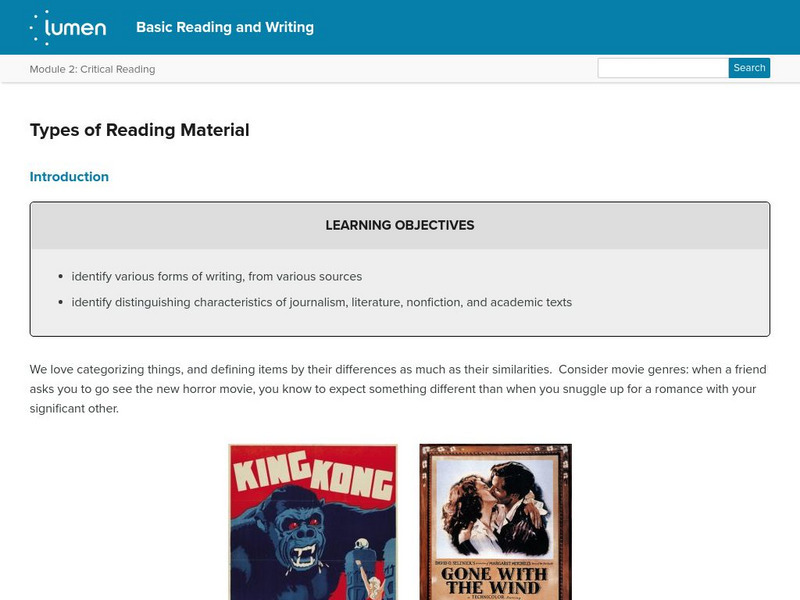Hi, what do you want to do?
ReadWriteThink
Read Write Think: Character, Conflict, Resolution, Setting
This interactive lesson allows students to study and analyze the text concepts of character, conflict, resolution, and setting in a "Broadcast news," format.
PBS
Colorin Colorado: Connect Students' Background Knowledge to Content
In this article, teachers will learn strategies for connecting with students' background knowledge to engage ELL students. Research is used to support the strategies, and web links are provided for additional resources to support...
Khan Academy
Khan Academy: Art History: Cuneiform and the Invention of Writing
Article discussing early forms of writing in the Ancient Near East. Includes links to additional information.
Cornell University
Cornell University: Finding Periodicals and Periodical Articles
This resource offers a good look at periodicals as a source of information, and offers help for finding articles in a variety of situations.
Stanford University
Stanford University: Spatial History Project
Several individual projects are going on under the umbrella of the Spatial History Project. These projects are developed and worked on by students, staff, and scholars as they expand studies within the humanities through spatial,...
US National Archives
Docsteach: Documenting Key Presidential Decisions
In this activity, students will identify and analyze documents related to key presidential decisions. Through close examination of the documents, students will determine which president was involved. Students will then identify the...
MsMoney
Ms Money: Deciphering Your Bank Statement
This site explains the items that appear on a bank statement and also includes procedures for reconciling a bank statement. Click on the headings for more information. Also, explore the additional financial topics by clicking menu items.
TES Global
Tes: The Media: Understanding Key Media Areas
[Free Registration/Login Required] During this unit of study, young scholars will analyze several types of advertisements. Students will analyze how authors pay attention to the language and visuals to appeal to their audiences.
Pasadena City College
Pasadena City College: Shatford Library: Finding Articles
A step-by-step tutorial walks you through various ways of locating magazine and other periodical articles.
University of Iowa
University of Iowa Libraries: The Atlas of Early Printing
View this interactive reference tool to learn about the history of printing in Europe during the fifteenth century. Features a map that displays layers of information that can be viewed together or individually along with a timeline of...
Other
The Dbq Project
Teach students how to read with understanding, think straight, and write clearly using document-based questions.
Annenberg Foundation
Annenberg Learner: Letters: Use Your Document Detective Skills
Read three letters, one at a time, about events of historical significance. Identify the region and era particular to each letter, and answer additional questions about the information it contains.
ReadWriteThink
Read Write Think: Cnn Debuted as the First Television News Network in 1980
These lesson plans relate to the gathering and production of news and creating a visual timeline. There are links to other lesson plan ideas, as well as web links, and a brief bibliography. SL.11-12.2 Eval&Integrate sources
21st Century Schools
21st Century Schools: Critical Viewing Skills and Media Literacy
Understand media literacy as it relates to a student's ability to analyze, evaluate, critique and produce multiple media messages. Information and links to inspire students, teachers and all those who work with young people regarding...
University of California
History Project: Process of Historical Investigation [Pdf]
Outlines the process of historical investigation for students by teaching them the steps of research, analyzing evidence, and making interpretations.
Other
Nova Southeastern Univ: Research Paradigms and Meaning Making: A Primer [Pdf]
This paper is intended as an introduction to research methodology and how scientists construct meaning from a qualitative data analysis. (Published 2005)
Scholastic
Scholastic Teaching Resources: Informational Reading Response [Pdf]
This graphic organizer can be used with students when they read informational text. Students will write three facts they learned, two questions they still have after reading, and one interesting fact that they want to share.
Texas Education Agency
Texas Gateway: Compare Narrative and Informational Texts: Practice 1
Evaluate changes in audience, purpose, and tone in two different texts.
Lumen Learning
Lumen: Critical Reading: Types of Reading Material
This lesson focuses on the types of reading material and their distinguishing features. It also included two videos including the key features from a newspaper story video and a video that defines scholarly articles.
Huntington Library
Huntington Library: Using Primary Sources in the Classroom [Pdf]
This lesson provides guidelines for teaching students how to use primary sources such as images, text, or statistics (e.g., maps, census). Includes a document analysis worksheet.
Texas Education Agency
Texas Gateway: Compare Narrative and Informational Texts: Practice 1
[Accessible by TX Educators. Free Registration/Login Required] In this lesson, you are going to analyze differences in texts that use visual techniques to present narrative and informational content. You will also look at how information...
Other
Library of Congress: Teaching With Primary Sources
This website is an excellent resource for teaching with primary sources. This resource features Holocaust lessons, lesson plan strategies, and podcasts.
Science Struck
Science Struck: Understanding Linguistic Relativity Hypothesis
The principle of linguistic relativity looks at the connection between language and thought processes. This resource provides an explanation of linguistic relativity, its historical context, different types of research approaches, how it...
US National Archives
Nara: Teaching With Documents: Teaching With Documents
Site from National Archives provides copies of primary documents that can be used while presenting various topics in U.S. history.






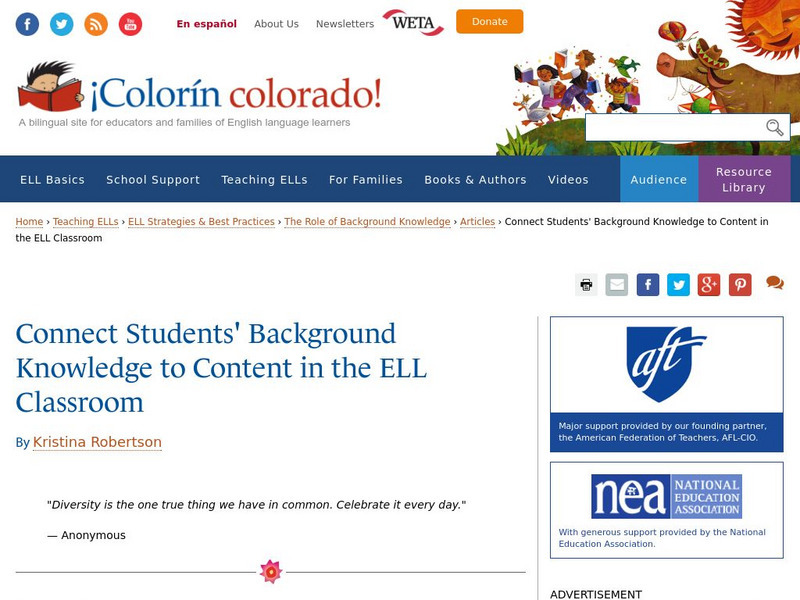

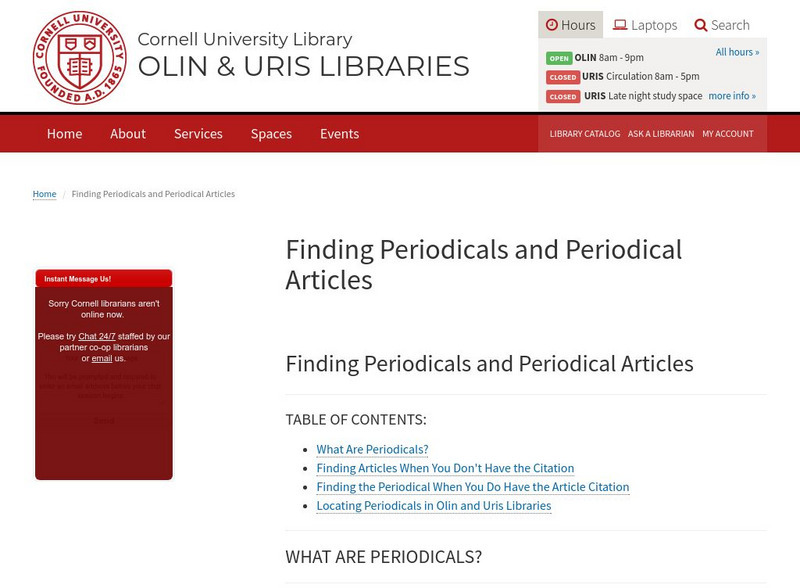


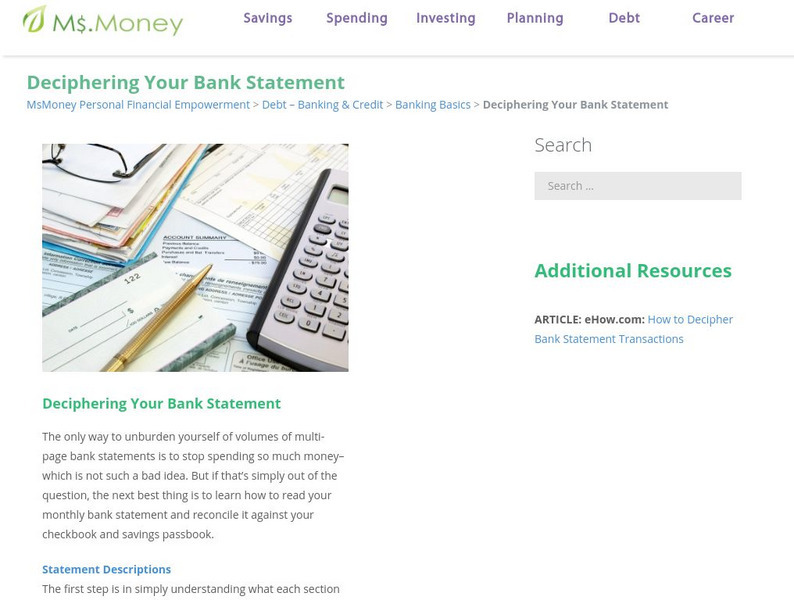
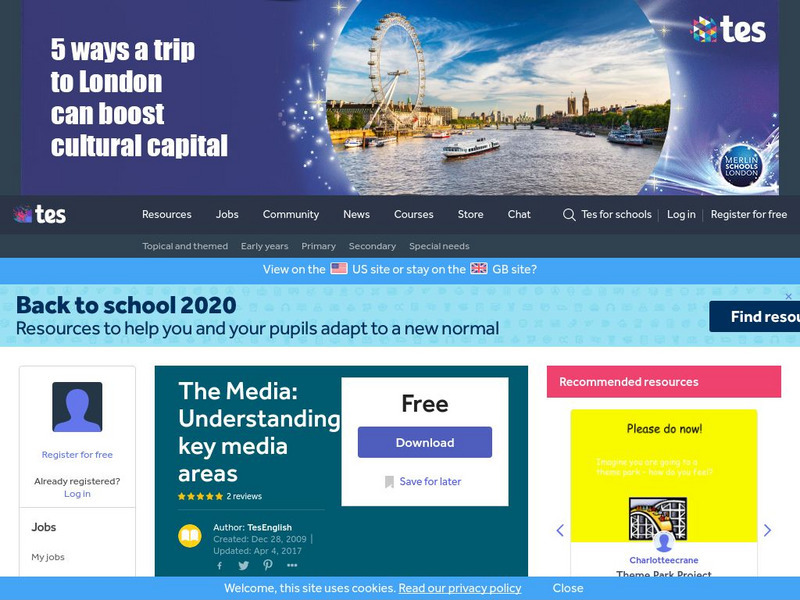
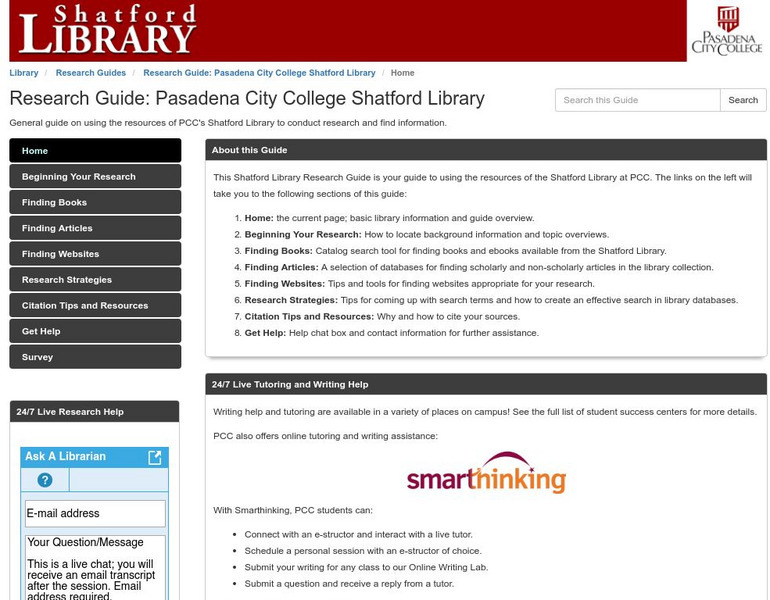


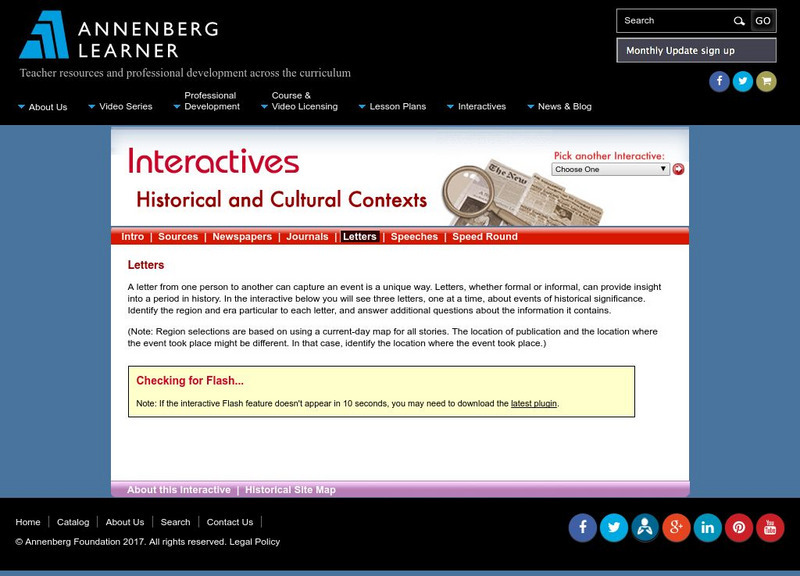
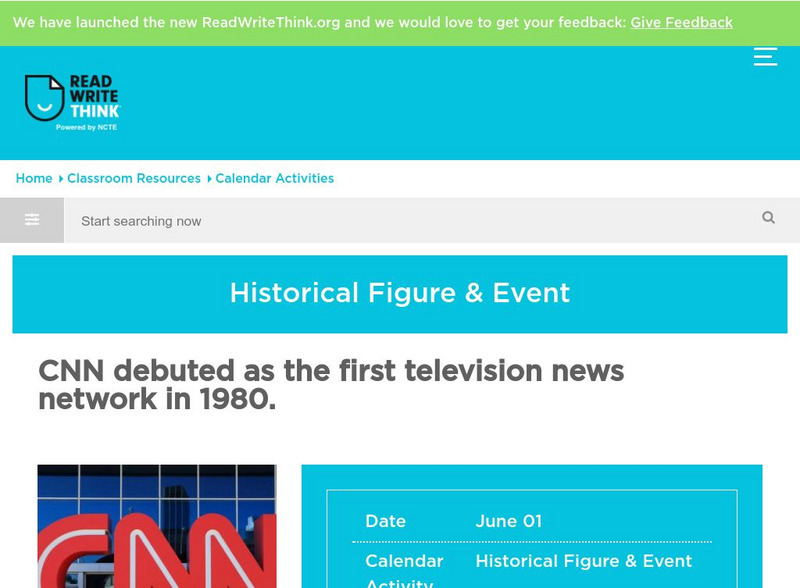

![Nova Southeastern Univ: Research Paradigms and Meaning Making: A Primer [Pdf] Article Nova Southeastern Univ: Research Paradigms and Meaning Making: A Primer [Pdf] Article](https://content.lessonplanet.com/knovation/original/246161-1f2c0ae29b4b63e74270daf9a6a5b49c.jpg?1661550329)
![Scholastic Teaching Resources: Informational Reading Response [Pdf] Graphic Scholastic Teaching Resources: Informational Reading Response [Pdf] Graphic](https://content.lessonplanet.com/knovation/original/261457-b11bd4d074a51abd27ef520fb690e45a.jpg?1661510812)

